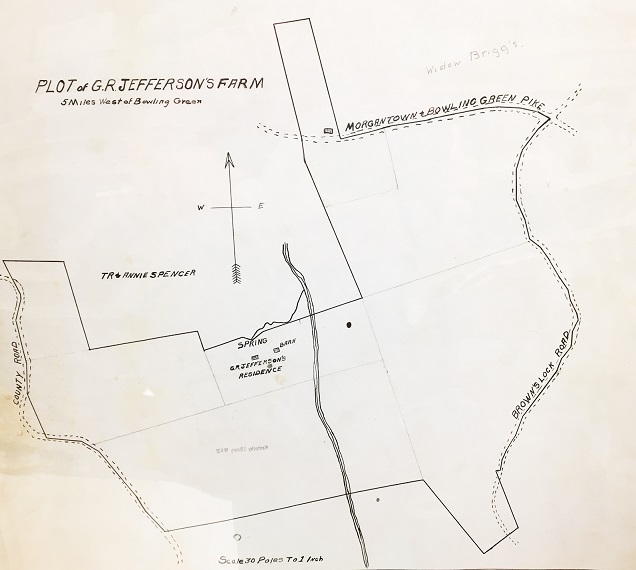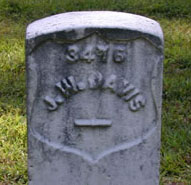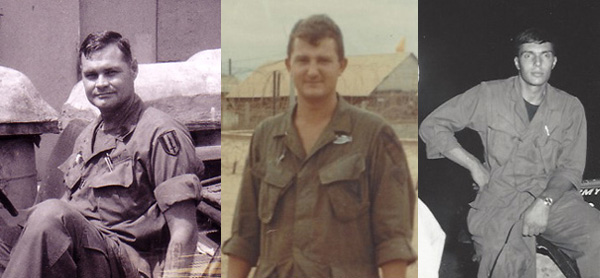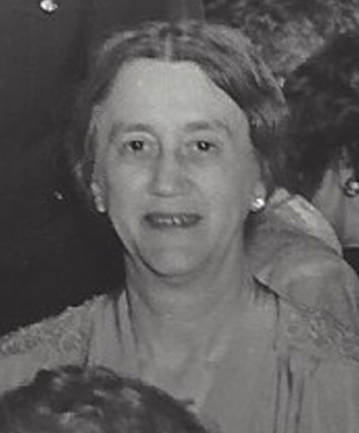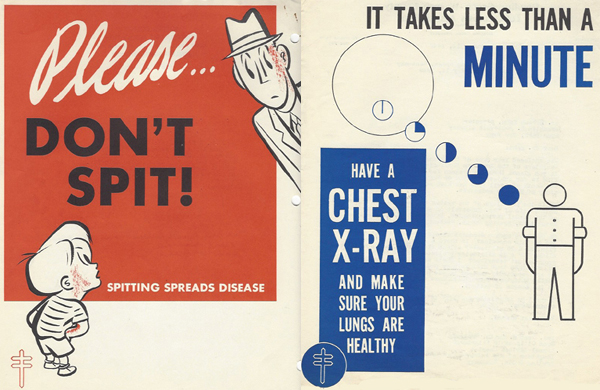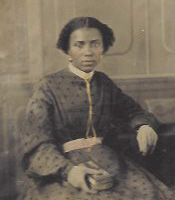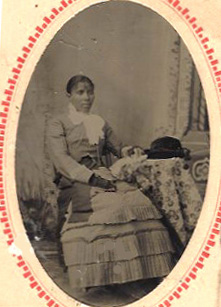
“The cards are only suggestions, but if I see something that has a lot to say in it, then I can transcribe it,” says Turner.
In his 1929 publication titled Witchcraft in Old and New England, famed literary studies folklorist George Lyman Kittredge paints witches—specifically, women—as harbingers of maleficium when he writes,
…she is hunted down like a wolf because she is an enemy to mankind. Her heart is full of malignity. And her revenge is out of all proportion to the affront, for she is in league with spirits of evil who are almost infinite in strength. The witch is a murderer, or may become a murderer on the slightest provocation. She cannot be spared, for there is no safety for life, body, or estate until she is sent out of the world.
While Kittredge was commenting on prevailing attitudes towards witches in 16th and 17th century England, his descriptions still ring true within a modern framework. It comes as no surprise, then, that those who embraced Neopaganism, Wicca, or witchcraft in the 20th century continued to battle deeply-rooted stereotypes. The conjured image of a gnarled hag whispering incantations over a bubbling cauldron may never disappear entirely, but there are those within the alternative healing community who actively seek to dismantle such outdated models of understanding and reorient public perceptions of healers and psychic practitioners.
In October 1980, folk studies graduate student Jan Laude was introduced to Peggy Sue Turner, a contemporary psychic living in Bowling Green. Over the next 20 months, Laude worked closely with Turner as she made the attempt to understand the “connection between a woman’s life history and her supernatural experiences.” Laude’s findings were published as her 1982 Master’s thesis titled “A Contemporary Female Psychic: A Folkloristic Study of a Traditional Occupation” and highlight the intersection between narrative and folk belief. Turner’s experiences with “palmistry, the tarot, automatic writing, faith healing, witchcraft, and herbs” are placed within an occupational context, and Laude is intentional in looking at how successful alternative healers “must, to be successful, balance tradition with adaptive mechanisms to accommodate contemporary cultural and social needs.”
Turner, who was born in Fort Worth, Texas in 1932, had her first visionary incident at a young age. She shares with Laude,
…I was roller skating one day. And I had fallen as usual, you know, with the sidewalk burns that you get…And I happened to look up at the sky. It had a cloud formation, or something. I don’t know, it was a vision or what, but it was a huge throne and it was brilliantly outline in the brightest light. I mean, it wasn’t white light. It was bright. That’s all.
Throughout her early twenties and into her forties, Turner practiced her psychic work informally, often dressing up as a stereotypical fortune teller and providing her friends with herbal remedies. In the mid-1970s Turner attended a meeting of the Spiritual Frontiers Fellowship, a “non-profit group for individuals interested in psychic phenomena,” for the first time. This network of believers was instrumental in allowing Turner to feel more comfortable with her supernatural inclinations. Over the next several years, Turner continued to her hone her psychic abilities, which she described as “God-given,” while supporting her children as a single mother. She details her emergence from the “long period of psychic isolation” to become a woman confident with her innate capability to from strong, meaningful connections with clients, address and ameliorate emotional and physical maladies, and carry on traditionally-based beliefs surrounding health and the supernatural.
Laude weaves together a masterful narrative that details the complex relationship between womanhood, religion, medicine, and community. Without sensationalizing Turner’s psychic skills, and by offering an intimate glimpse into how healers play a role within their communities, Laude helps to give a strong, clear voice to those who are so often misunderstood.
For information on additional psychics, witches, faith healers, and other practitioners of alternative and supernatural modalities, visit TopSCHOLAR or browse through KenCat, a searchable database featuring manuscripts, photographs and other non-book objects housed in the Department of Library Special Collections!
Post written by WKU Folk Studies graduate student Delainey Bowers


